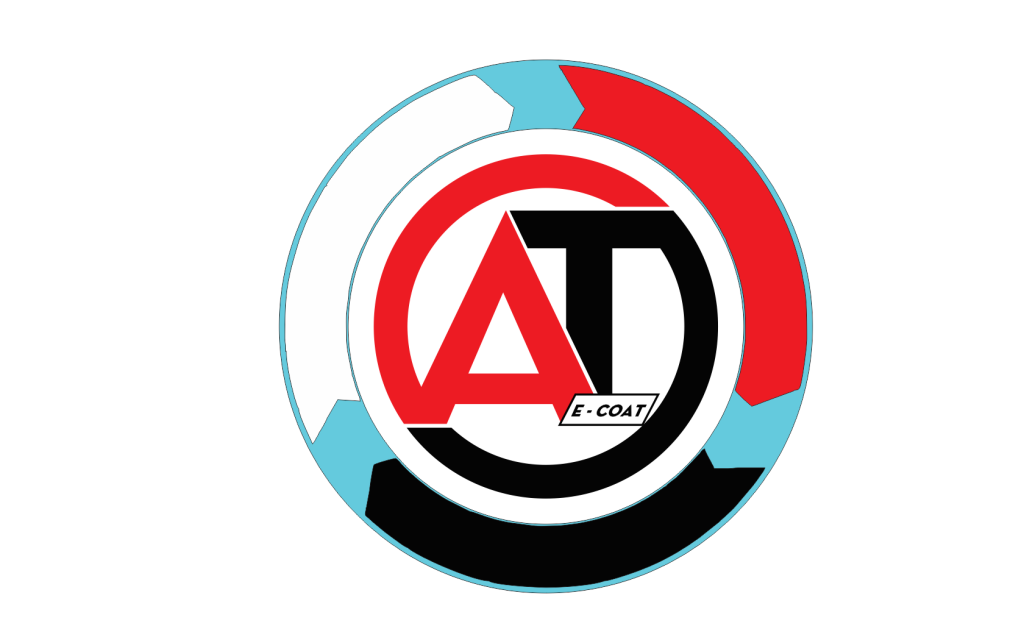Content
With version control systems, teams can organize and coordinate their work more reliably. A repository a.k.a. repo is nothing but a collection of source code. A simple example of version history of a file.In the example above, all three cards represent different versions of the same file.
- Every branch is referenced by HEAD, which points to the latest commit in the branch.
- This command discards all of my changes and refreshes my local working copy from the remote location, just to make sure I have my teammates’ changes on my disk.
- You can do so in your user profile, in which case it will affect all work on the user’s profile.
In order to create a commit, you must first stage changes. In the context of Version Control, a branch is a specific stream of work in a repository. Version Control is the foundation for Continuous Integration .
Configure Git
The git remote command lets you create, view, and delete connections to other repositories. Git add is a command used to add a file that is in the working directory to the staging area. Which means the files with the updated changes are not yet stored in the local repository. Turns out that we actually don’t need that code and we would like to delete it – the changes were not commited though. Besides manually deleting our code (which won’t work that easily if you changed a lot of code in different places), git checkout — . Let’s us jump back to our last Commit (which doesn’t include these uncomitted changes of course).
After typing your commit message, save it Ctrl + S and close the tab. If you return to the command line, you will see your commit message and a summary of your changes. The message, “Your branch is ahead of ‘origin/main’ by 1 commit” just means that you now have newer snapshots than what is on your remote repository.
What are the prerequisites to learn the GIT basics program?
It takes only a few seconds to create, delete, and merge branches. Are you new to Git and need to have basic usage done right? At this point, I’m going to add, commit, and push. Now let’s visit my repository on github.com and examine what it looks like. To instruct Git to ignore the env.txt and afolder folder, I’ll create a new file in the root of my repo called .gitignore. You can also choose to create a .gitignore file per folder and have those settings apply only to that folder and its children.
The git fundamentals hello_world.txt will not show up because it has not been modified since it was committed. We can only add minor bug fixes, and small meta-data changes to this branch. When we finish all the work in a release branch, we must merge the branch in the development and main branches. After the merge, you must add a tag with a release number. After the push, the local, remote, and remote-tracking branches all point to the same commit.
Lab : Releasing code
The MINOR version increases when you add features that are backwards compatible. The semantic version specification is a set of rules that indicate how version numbers are assigned and increased. The releasing process involves multiple steps, such as planning the release, running quality checks and generating documentation. Commit ID ⇒ It is a SHA which is randomly generated. We can use 7 characters from the commit id with git show command.

Most of the popular development workflows share the same core idea. They want to facilitate the collaboration between the developers involved in a project. In some cases, this collaboration includes the use of branches, pull requests, and forks. Your local repository consists of three “trees” maintained by git. The first one is your Working Directory which holds the actual files. The second one is the Index which acts as a staging area and finally the HEAD which points to the last commit you’ve made.
